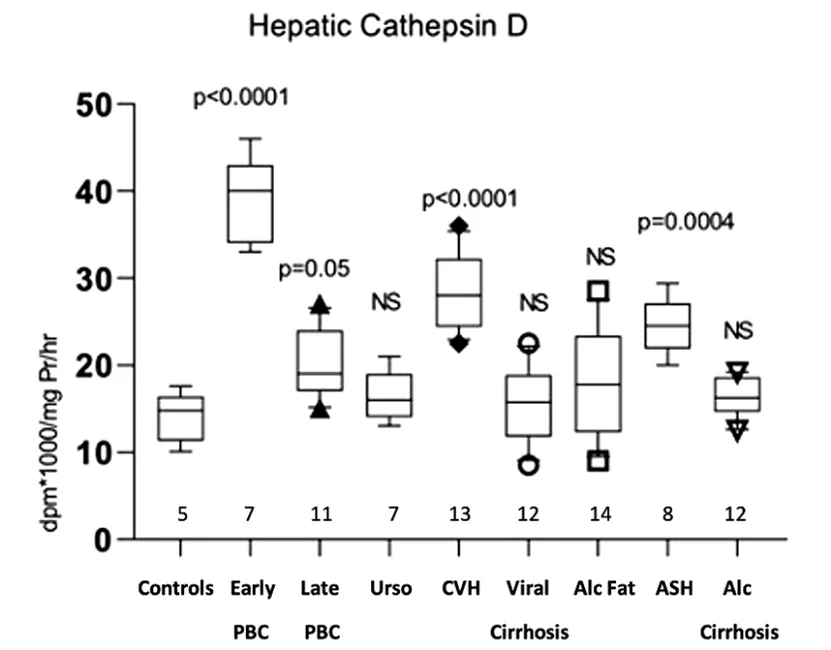Found 3 results
Open Access
Case Report
09 October 2025A Case Report of Telehealth Assessment for Adolescent Anxiety, Depression and COVID-Related Grief
Rates of anxiety and depression in children and adolescents have steadily risen over the past decade, and the arrival of COVID-19 exacerbated existing psychological problems for many youth. In the context of these increased rates and the pandemic lockdown, telepsychology, including virtual assessment, evolved as a cornerstone of mental health practice. There are salient benefits to telepsychology, most notably its convenience and accessibility, which have contributed to its expanded application across different types of problems and populations. At the same time, it can pose challenges in acquiring a comprehensive picture of client functioning. This article presents a case study of an adolescent with combined anxiety and depression who was referred for teletherapy during COVID-19, with an emphasis on the assessment intake. Results from a multi-method approach to the assessment are provided along with a brief discussion of treatment and future implications for the practice of telepsychology with youth and families.

Open Access
Article
25 March 2024Proteomic Analysis of Pleurotus ostreatus Grown on Glucose and Xylose Mixtures in Submerged Fermentation Provides Insights into Differentiated Mycelial Composition
Pleurotus ostreatus, an edible white-rot fungus of great commercial and nutritional value, grows by metabolizing mainly glucose and xylose, the two major sugars in lignocellulosic biomass. In this study, a comparative proteomic analysis of P. ostreatus grown in submerged fermentation on a medium with glucose, xylose and mixtures of them as carbon sources was conducted. In the same conditions, the metabolic response of the fungus was evaluated in the production of the main nutritional components of the fungus such as proteins, lipids, and intracellular and extracellular polysaccharides. The proteomic analysis revealed that glucose and xylose upregulate different clusters of proteins. Glucose mainly up-regulates macromolecule metabolic processes, translation and glycolysis whereas xylose up-regulates, small molecule metabolic processes and tricarboxylic acid cycle (TCA). The mixtures show mostly similarities with the proteome response to glucose, although there are differential responses depending on xylose concentration. The carbon source type found to affect the basic macromolecule metabolic processes, with amino acids biosynthesis to differentiate mostly. An analysis of the upregulated proteins through the STRING database revealed that xylose upregulates mostly proteins related to amino acid biosynthesis. Leucine, Valine and Isoleucine biosynthesis pathways were found to be the most triggered pathway. All the branched-chain amino acids (BCAAs)-related enzymes intensities were gradually increased when xylose concentration was increased in the growth medium. BCAAs play an important role in the human diet so the enhancement of BCAAs biosynthesis pathway for P. ostreatus could convert it to a very remarkable protein substitute in human diet. These findings provide new insights into the proteomic and metabolic response of the fungus to the major sugars of lignocellulosic biomass, which are not well understood until now.

Open Access
Article
16 September 2023Hepatic Lysosomal Enzyme Activity in Primary Biliary Cholangitis
Lysosomal enzymes are implicated in autophagy and senescence. Hepatic lysosomal enzymes have not been studied in Primary Biliary Cholangitis (PBC). We therefore quantified the activities of lysosomal hydrolases in liver tissue of PBC patients. We compared enzyme activities in liver tissue from PBC patients with normal livers. Alcoholic liver disease and chronic viral disease served as disease controls. Cathepsin B1 was significantly increased in early PBC (225.1 ± 18.06 mean ± SD, p < 0.0001) and reduced in later stages (66.5 ± 9.7, p = 0.004, controls 130.4 ± 14.9). It was reduced in patients with extensive fibrosis such as alcoholic and viral cirrhosis (p < 0.01 and p = 0.004 respectively) but not in chronic hepatitis. Cathepsin D was increased in early PBC (39 × 103 ± 4.8 SD, p < 0.0001) and less so in later stages (20.1 × 103 ± 3.9, p = 0.05, controls 14.1 × 103 ± 2.9). It was also increased in the presence of histological necro-inflammation in hepatitis. Treatment with ursodeoxycholate (UDCA) restored the abnormal values of enzymes in PBC. Lipid hydrolases mostly paralleled the changes of Cathepsins. Sequential measurements in serum of patients with acute alcoholic hepatitis showed that cathepsin B1 gradually decreases, and esterases increase as aminotransferases improve. The increased activity of lysosomal enzymes in early PBC are possibly on line with increased senescence. Treatment with UDCA restores abnormal values. In chronic liver disease, Cathepsin B1 reduction is associated with fibrosis and increased cathepsin D with necro-inflammation. Abnormalities of lysosomal enzymes indicate impairment of the final stage of autophagy in chronic liver disease.
